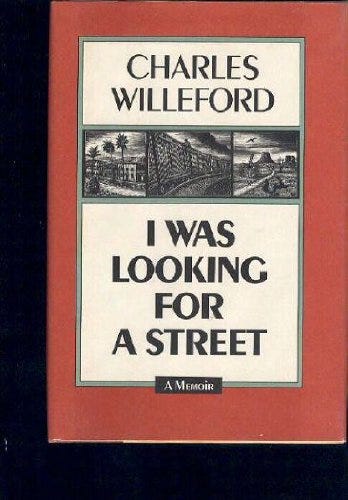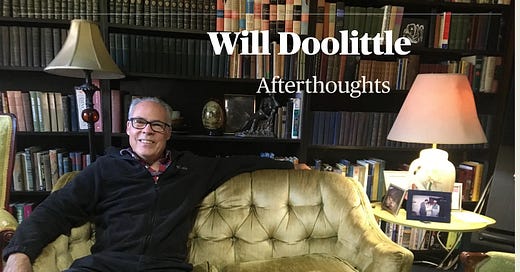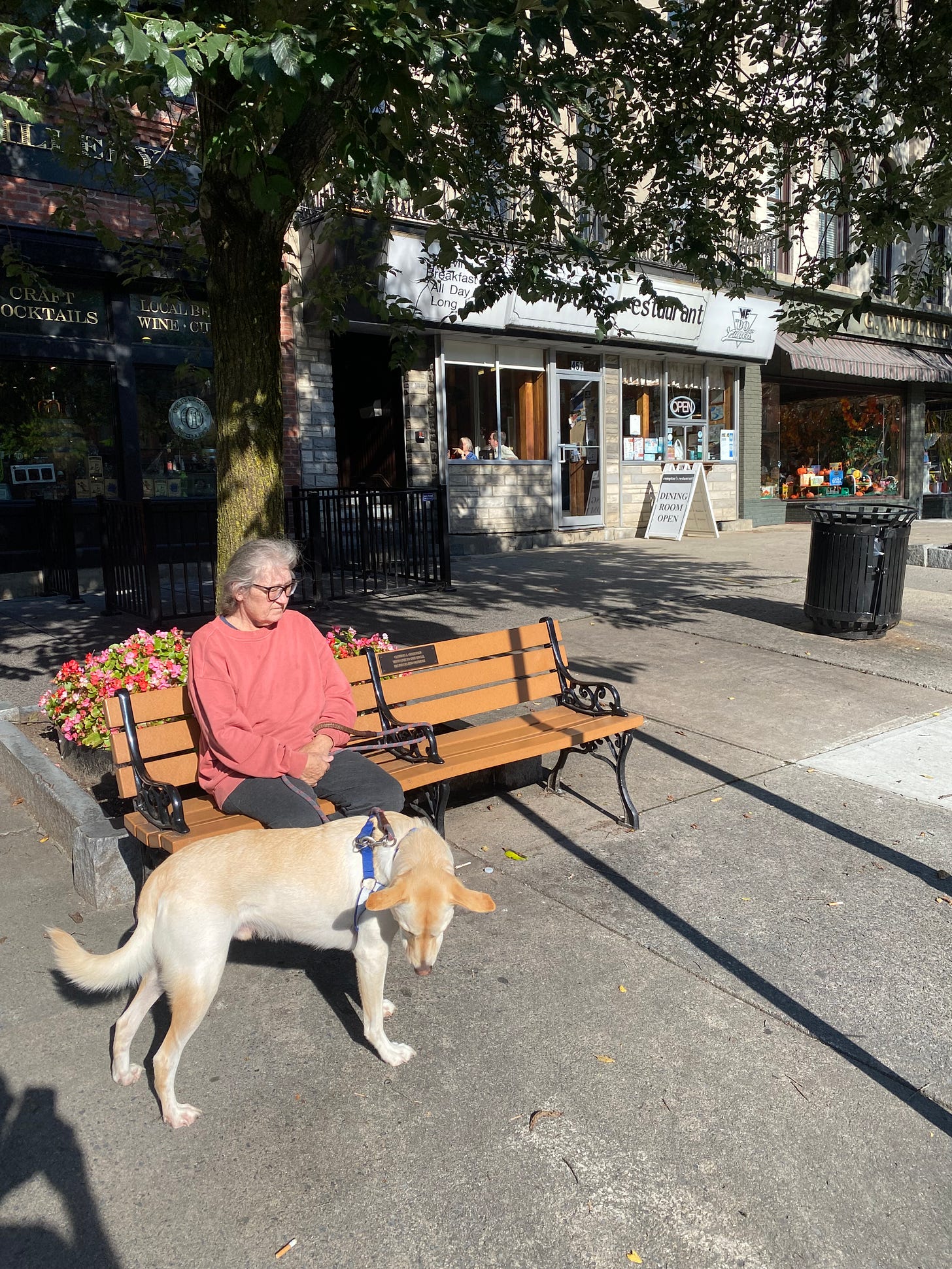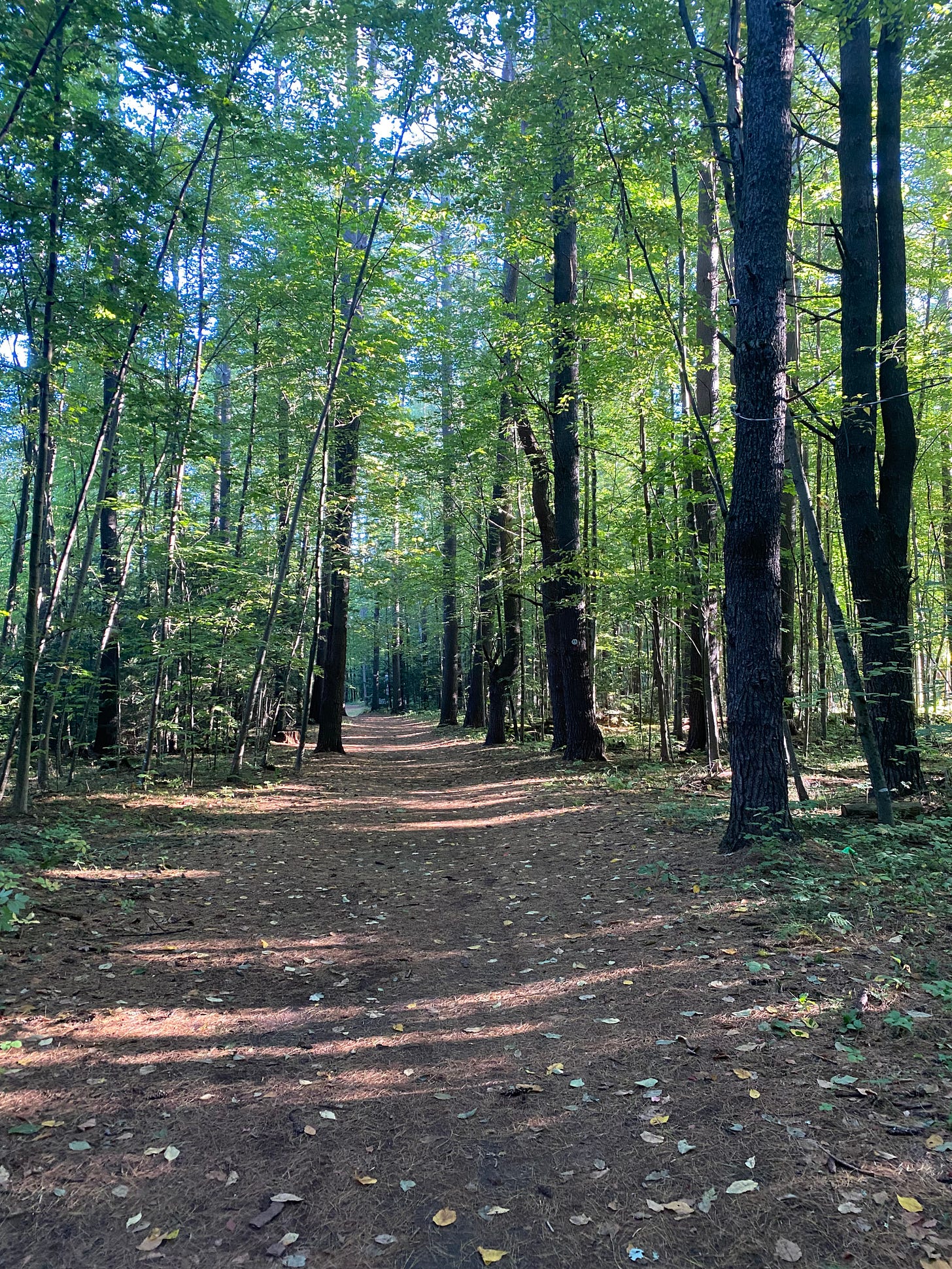If New York were losing population as fast as its Republican politicians imply, the state would be empty.
I listened to state Assembly Minority Leader William Barclay on WAMC’s political talk show “Capitol Connection” last week, and he repeated the party’s talking point that a million people have left New York over the last few years.
A million! We’ve got only about 20 and a half million, so if we’re losing a million every few years, soon we’ll be gone.
What Mr. Barclay neglected to say is that New York has also gained a million or so people over the last few years, mostly through immigration.
In 2010, New York state’s population was about 19 and a half million. In 2020, it was about 20 million. Since then, it has slipped a bit, partly because of the curtailment of immigration during the pandemic.
No one wants to be a loser in the population contest — states brag about their growth and so do countries. Pundits and politicians wring their hands over falling birth rates.
In 1960, when I was born into a family that would eventually have four kids, the U.S. birth rate was 3.65 children per woman. In 2020, it was 1.64. The replacement rate is 2.1.
Immigration has become critical to maintaining population. If we want to thrive as a country, we need foreign immigrants, and if we want to thrive as a state, we need people to move here from other states or other countries — preferably both.
In-migration to our individual communities, too, is the fundamental measure of their prosperity. Without new residents moving in, we wither.
So what the Adirondack Welcome Circle is doing in helping refugees relocate to the Glens Falls area is not only a wonderful act of charity but a necessary act of self-preservation.
The Kazberuk family from Ukraine, brought to the area by the Welcome Circle last July, recently moved out of their apartment in Queensbury into a new place in Glens Falls. The Welcome Circle is preparing to choose a new refugee family to move into the Queensbury apartment.
At the same time, the organization is making preparations to be ready if a busload of refugees arrives from New York City. That hasn’t happened yet, and it might never happen — “But we don’t want to be in a position that we’re so desperate that we don’t know what we’re doing,” said Kathleen Braico, a pediatrician and one of the founders of the Welcome Circle.
“We’re preparing for the first 72 hours,” she said. “We’ve contacted Spanish teachers (for translators.) We’ve contacted organizations like the Salvation Army for mass feedings. We’ve talked to public health on the health screenings needed. What thrift stores would be prepared to give us winter clothing?”
More than 100,000 migrants have flooded into New York City over the past year, many of them by bus from Texas, creating a crisis for city officials trying to house and feed them all.
One obstacle to resettling immigrants is that federal law requires they wait for six months before starting work.
“Why do they have to wait six months?” Braico said. “They’re not even allowed to apply (for permission to work) until six months is up.”
The three members of the Kazberuk family — Liudmyla; her daughter Anastasia, who is 23; and her granddaughter Yelyzaveta, who is 18 — all found work at local hotels this summer, but those jobs may end with the closing of the tourist season, Braico said.
It takes a sustained effort to resettle a family from another country and requires the completion of a lot of paperwork.
“We desperately need a lawyer on our board,” Braico said.
It takes money, too — the Welcome Circle commits to supporting the refugees it sponsors for two years, although, if all goes well, the amount of financial support should diminish during that time, as it has with the Kazberuks.
But all the effort is worthwhile, not only for the refugees but for ourselves. Investing in them is also an investment in our community.
Readings
I read Charles Willeford’s memoir of his youth, growing up in the 1930s in California, called “I Was Looking for a Street.” It’s a strange book, like all of Willeford’s works, with the matter-of-fact tone that is his trademark. That tone, which can get boring as he introduces characters and settings, gives a jarring, disturbing quality to the violent and sexual scenes that always arise in his books. Willeford’s life as an orphan who went out to ride the rails at age 13 probably has a lot to do with the detachment of his narrative. As strange and dry as his writing feels, his stories are also vivid and precise. Images of certain scenes from this book remain in my mind with as much detail as if I was present. If, like most people, you’ve never heard of Willeford, he is worth a look. “I Was Looking for a Street” is a short book, easily finished in a few hours, and a good introduction to an accomplished and uncommon author.

Troy
I saw recently a new English translation of “The Iliad” has been published and has gotten a lot of praise. I’m excited to read it, but this item is about the other Troy down near Albany. Bella, Ringo and I went last Sunday to spend a morning in the downtown area. It wasn’t busy, although we heard it is on Saturday mornings, when a farmers market is held. We sat outside a coffee shop with lattes and fresh apple turnovers, enjoying the cool sun, then walked around and gazed at the old brick buildings with their fantastic tall wood and glass doors. Troy’s downtown feels to me like a larger version of Glens Falls’, with wonderful architecture that has thankfully been preserved and a resurgent cafe and restaurant culture, making progress against the forces of urban blight.
Saratoga
We also spent a morning this past week in downtown Saratoga, walking the sidewalks and marveling at the transformation in the city now that the summer track season has ended. Open benches were hard to find a couple of weeks ago but are everywhere now.








It takes courage to leave your ancestral home, to persevere through exhausting hardships and victimization by predatory “coyotes,” and to be willing to face an increasingly uncertain welcome, all in the hope that your willingness to work can start you on the ladder to a better life. That kind of gumption is in short supply among many of the people who complain the loudest about the crisis at the border, a crisis that was a long time in the making, with the fingerprints of many, many politicians from both parties all over it.
Good point about immigrants helping to keep the population of NY up. Also, what most opposed to immigration fail to mention is that the jobs the immigrants are “ stealing” are jobs most American citizens won’t, or can’t, do. We need them to work in the service industry, farming and manufacturing to name just a few.